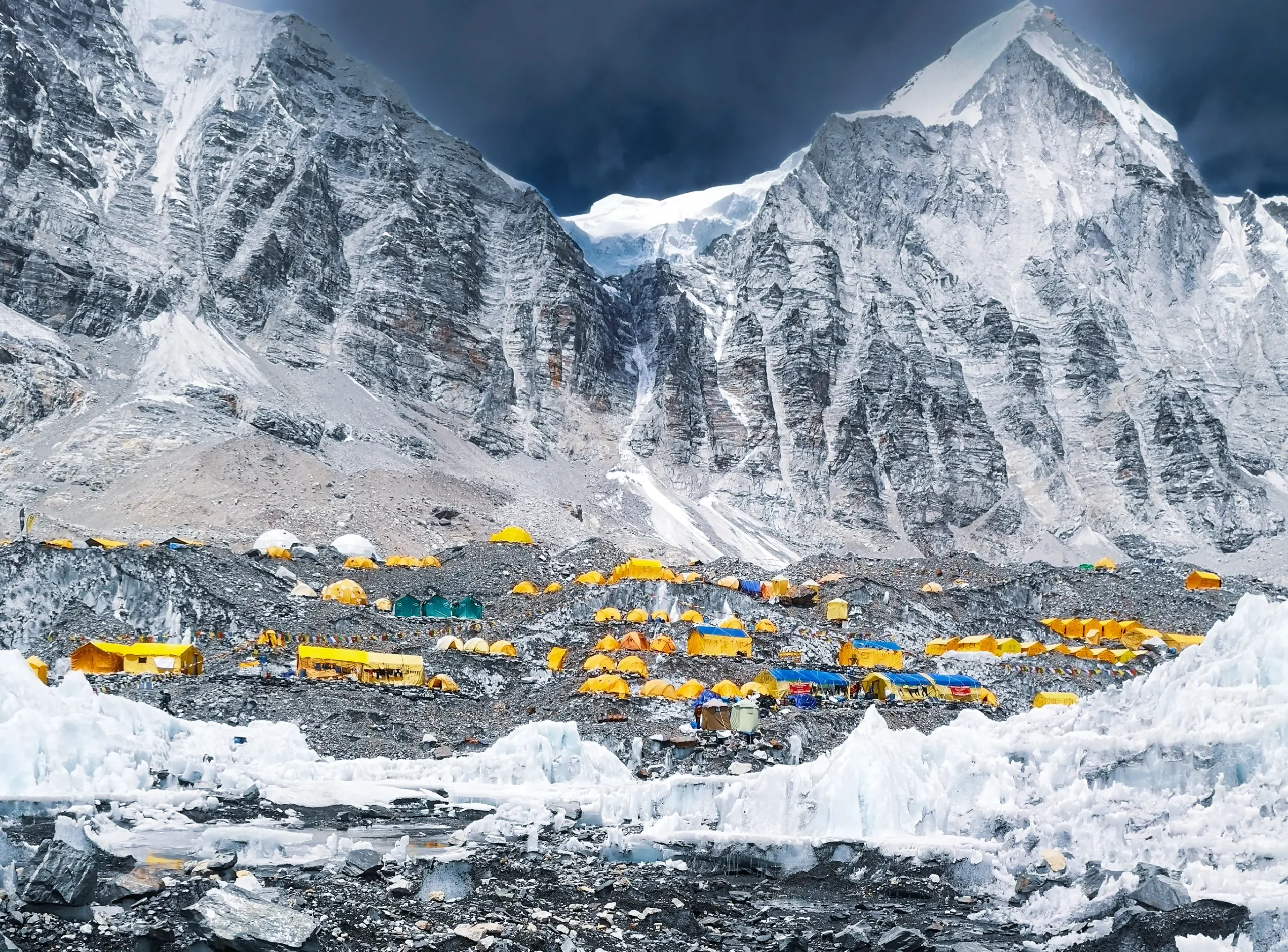Himalaya Autumn 2025: Key Trekking & Drone Rules
Every autumn, the Himalayas open their doors to the world. The rains recede, skies clear, and thousands of trekkers and climbers arrive with dreams of mountain sunrises and legendary summits. Autumn 2025 is no exception – yet for adventurers, this season comes with important new rules that shape how the mountains can be explored. Whether walking Nepal’s iconic trails or flying drones in the Indian Himalayas, travelers need to know what’s changed.

Table of contents
Nepal’s Trekking Regulations in 2025
Nepal’s Trekking Regulations in 2025
Nepal has long been the beating heart of Himalayan trekking, but with rising foot traffic, safety concerns, and environmental pressures, the government has introduced stricter measures.
Solo Trekking Ban Continues
Since 2023, trekking alone has been off the table for foreigners. In 2025, this rule remains firm: every trekker must now hire a licensed guide through a registered agency. The goal is two fold – protect trekkers in remote regions and ensure local communities benefit directly from tourism.
Digital Permits for a Digital Age
Gone are the days of lining up at offices in Kathmandu or Pokhara. Since February 23, 2025, trekking permits are issued online through a centralized system. It makes the process smoother for visitors, while also tightening oversight.
Permit Types and Costs
Trekkers still need the familiar mix of permits: TIMS Card (Trekkers’ Information Management System)National Park or Conservation Area permits (e.g., Annapurna, Sagarmatha, Langtang)Restricted Area Permits for regions like Upper Mustang or Manaslu. Fees vary depending on location:
- Upper Mustang: $500 for the first 10 days, then $50/day.
- Manaslu: $100/week in peak season, $75/week in off-season.
- Other permits: typically $20–$30.
Nepal is also pushing for higher standards on expeditions:
- Climbers above 8,000 meters must carry GPS trackers.
- Stricter waste management rules mean teams must handle their trash responsibly.
- Trekkers are urged to interact more with local communities, strengthening cultural and economic ties.
These changes underline a message: trekking in Nepal is no longer just an adventure – it’s a shared responsibility.
Drone Rules in the Indian Himalayas
While Nepal focuses on trekking, India has turned its attention skyward. With drones becoming popular for capturing sweeping Himalayan vistas, the government has moved to regulate their use more closely through the DGCA’s Digital Sky platform.
Airspace Categories
Green Zones: Open for flying without prior approval.
Yellow Zones: Require Air Traffic Control (ATC) clearance.
Red Zones: Completely restricted unless special government permission is granted.
The Himalayas are a frontier region, so drones are banned within 25 km of international borders. In national parks or sanctuaries, drones are considered disruptive. Only with written approval from the Chief Wildlife Warden can they be flown. Beyond national regulations, drone users may also need district or police approval, particularly near villages or forests. Airspace maps change daily. Travelers must check the Digital Sky portal each time before flying. For drone enthusiasts, these rules may feel restrictive, but they reflect the delicate balance between exploration, security, and preservation.
Why These Updates Matter
Both Nepal and India are signaling the same idea: the Himalayas are not a free-for-all playground. They are living landscapes – fragile, cultural, and political spaces where safety, respect, and regulation now carry as much weight as adventure.
- In Nepal, guides are no longer optional; they are essential. This ensures safety in high and remote regions and guarantees local involvement.
- In India, drones are no longer casual tools for social media – they are monitored devices whose use is tightly controlled to protect both borders and ecosystems.
Final Takeaway for Autumn 2025
For trekkers and climbers, the Himalayas remain as breathtaking as ever. The routes to Annapurna, Everest, Manaslu, Ladakh, and beyond still promise life-changing experiences. But in 2025, stepping into these landscapes means stepping into a framework of responsibility.
Permits, guides, drone permissions – these are no longer details to figure out last-minute. They are part of the journey itself. This autumn, adventurers will not only walk among the world’s greatest mountains but also adapt to a new era of Himalayan exploration – one built on safety, sustainability, and respect.
